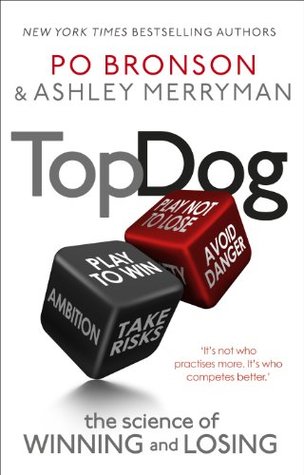More on this book
Kindle Notes & Highlights
Read between
March 28 - April 23, 2020
Teams are always seen as the panacea and never the problem.
Thirty percent of a team’s fate is sealed with the initial launch of the team—how the teammates meet and, in those initial exchanges, how they split up the responsibilities and tasks before them. They need to agree on common codes of conduct and shared expectations.
Clarifying who is going to do what—identifying distinct roles—is one of the most proven ways to increase the quality of teamwork.
most effective use of role definitions happens at the leadership level, before the team is ever formed.
team performance drives the quality of relationships.
When teams are failing, this poor performance upsets their members—and they take their frustration out on one another.
When a team is doing well, the team isn’t bothered by frictio...
This highlight has been truncated due to consecutive passage length restrictions.
For a team to work well under pressure, individuals need to be assertive; someone needs to speak up. And when a team is doing poorly and losing its will, someone needs to turn things around.
Reactives have a very strong subconscious urge to not be controlled by others. And when they sense their team is growing indifferent to its goal, no longer trying, reactives resist this influence, and rebel by turning up their energy level.
for stars, a team can seem more like a black hole—a place where their brightness utterly disappears. Thus teams, like black holes, are to be avoided.
if certain teammates are getting what is perceived to be an unjustified windfall, that hurts performance:
I need to be the best player’s best friend. Being the best player is a lonely position. Even though you get accolades, no matter how good of a team you have, there is always some level of jealousy.
the value in stars isn’t just in their performance alone. It’s also in how they can motivate their teammates to excel.
In real life, teammates are rarely true equals, and they don’t always get along. Having a hierarchy, with its clear divisions of responsibility, is most often the solution to team performance.
Collaboration and competition are not at odds; they are the twin stages of idea generation.
Introverts do best when working alone. Performance plummets when they are forced to work on a team.
introverts’ performance improves significantly in a competition.
(Extroverts improve in a collaborative setting, but perform worse in a competitive one.)
Da Vinci believed artists thrived under the pressure of such a competitive environment.
healthy envy will stimulate you to become one of those who are praised more than yourself,
Far from competition limiting the creativity of its musicians, the vast number of churches and royal courts fighting over talent meant that Germany became a worldwide force in musical composition for the next two hundred years.
competition provides a major energy source and incentive for creating, its curtailment, even if possible, would be undesirable.”
We cultivate agency in children by allowing them freedom to make choices, and by encouraging them to trust the decisions they make.
Agency doesn’t lead to creativity per se, but it builds a psychology that leads, down the road,
We also need to build up kids’ sense of agency, so that competition doesn’t threaten them, but rather, challenges them
diamonds become peerless because they’ve withstood centuries of heat and pressure. That’s what kids need to have: clarity and strength of vision built up over time—
The evidence suggests that the Olympic Games were the precursor for democracy.
The competitive atmosphere of the Olympics was not limited to the athletes.
the athletes showed everyone that a person of low status who trained hard enough could best someone of a higher caste.
in countries without institutionalized sports, there is more corruption. In countries with more organized sports, there’s less corruption.
when so much of our lives is predictable—scripted, even—sporting events provide a community with a shared sense of suspense and excitement that can’t easily be found anywhere else. Therefore, the idea that a game would be rigged is intolerable.
through sports terms that Americans frequently define fairness.
“Judges are like umpires. Umpires don’t make the rules; they apply them. The role of an umpire and a judge is critical. They make sure everybody plays by the rules.”
“You can steal land, take bribes, avoid paying taxes, and no one will really care. But don’t screw with cricket.”
fairness above all else that determines how we respond to competitions.
Winners in an unfair contest feel shame, fear, or malicious joy, which result in an emotional distance from the loser. Likewise, those who are the victims of an unfair competition can’t be happy for the winner.
In a fair contest, winners are able to feel sympathy for the losers: they feel an emotional connection. And the losers can accept the outcome; they can be happy for the winner’s success.
Playing to Win requires continuing to take risks; it’s when we stop taking risks that we’re Playing Not to Lose.
Healthy, successful, adaptive competitiveness is choosing what matters to you and fighting for it, while letting the other challenges pass.


